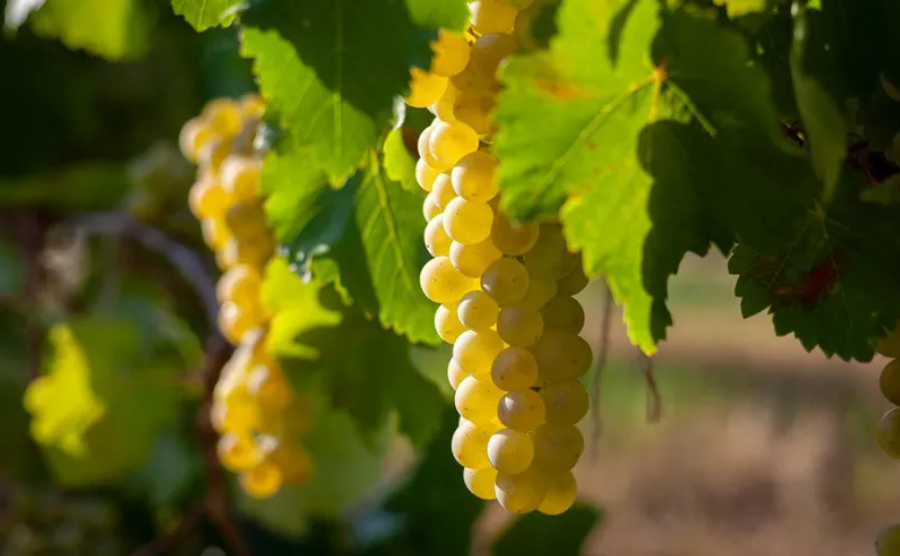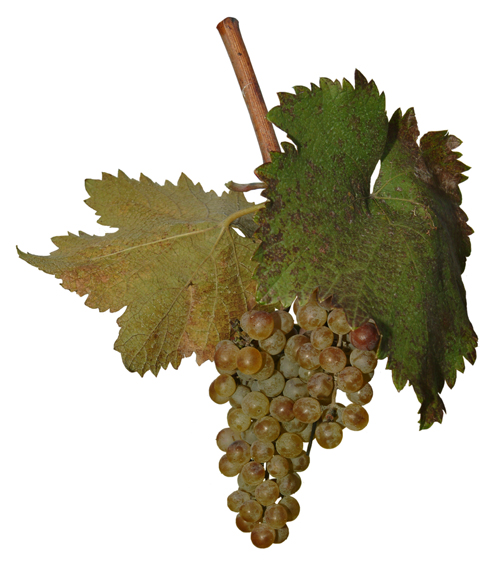The Secret Captured in Amber – Akhmeta’s Wine
An unbroken 8,000-year harvest marks the genesis of wine on Georgian soil. The course of history shifted when archaeologists uncovered grape seeds from the 6th millennium BCE at Dangreuli Gora in Kvemo Kartli and identified traces of wine residue on clay vessels found at Gadachrili Gora. These artifacts established Georgia, a small country in the Caucasus, as the birthplace of wine, securing its place on the global map. Over centuries, Georgia’s fertile lands nurtured more than 525 indigenous grape varieties. The ancient Georgian method of fermenting wine in qvevri—large clay vessels buried underground—has been recognized as a unique cultural phenomenon, earning UNESCO Intangible Cultural Heritage status in 2013.
Although, on Georgia’s own map, Akhmeta Municipality stands out as a golden repository of valued wine. Situated at the confluence of the Orvili, Iltos, and Alazani rivers, Akhmeta benefits from an exceptional microclimate. Its moderately warm winters and temperate summers allow grapes to reach full physiological ripeness. The alluvial, highly carbonated soils spread across its vineyards produce an exquisite amber-hued harvest by late September, delighting winemakers with their richness.
These natural factors have played a pivotal role in the unparalleled development of viticulture and winemaking in Akhmeta. Numerous historical artifacts underscore the region’s centuries-old wine traditions—be it the wineries found in monastery courtyards, the legendary vineyards of the monks of Khodasheni, medieval koshk-marani (tower-winery), or the sophisticated wine culture nurtured within the grand Alaverdi Monastery.
Among the diverse grape varieties thriving in Akhmeta’s soil, three stands as its crown jewels: Kakhetian Mtsvane, Khikhvi, and Kisi. These exceptional grape varieties have enabled Akhmeta to carve its place not only in Georgia’s winemaking history but also on the global stage, joining the ranks of the finest wine-producing regions in the world.

Kakhetian Mtsvane
One of Georgia’s oldest wine grape varieties, it is believed to have originated on these lands even earlier than the famed Rkatsiteli. In Akhmeta’s microzone, it exhibits exceptional qualities that define the unique character of local wines. Historical records from 1885 mention the vineyards of Nino Cholokashvili in Akhmeta and Tamar Andronikashvili in the village of Khorkheli. These women’s vineyards produced prized amber wines of remarkable depth and richness, renowned throughout the region. Traditionally, Kakhetian Mtsvane has been used to craft both high-quality classic (European-style) wines and traditional Kakhetian qvevri wines. Adding to Akhmeta’s diverse wine repertoire, a new label – “Akhmeta” (Akhmeta’s Mtsvane) has emerged, showcasing the full spectrum of Kakhetian Mtsvane’s unique traits. This premium wine is crafted exclusively from grapes grown in Akhmeta’s strictly designated microzone, ensuring purity and authenticity. The white variety of wine ‘Akhmeta’ boasts a pale straw hue with a delicate, harmonious, and refreshing taste. Its amber counterpart, made from a blend of Kakhetian Mtsvane and Kisi, ranges in color from deep amber to tea-like tones. The flavor profile is bold, velvety, and vibrant, while its bouquet intensifies with aging, revealing pronounced fruity notes. Today, wine ‘Akhmeta’ stands as a proud symbol of the region, gradually making its way onto the global stage, embodying the elegance and depth of the region’s winemaking heritage.

Khikhvi
Known locally as “Jananura,” Khikhvi is a rare, indigenous Georgian white grape variety. To determine its age, historian Ivane Javakhishvili conducted a linguistic analysis of its name, concluding that Khikhvi predates Rkatsiteli and likely originated around the 3rd or 4th century. Typically, Khikhvi produces wines of exceptional quality that are full-bodied and rich in tannins, offering excellent texture and a complex flavour profile. Its unique character makes it a prized variety in the Akhmeta region and a cherished part of Georgia’s winemaking heritage.
Kisi
Another ancient grape variety flourishing in Akhmeta’s soil is Kisi, a vine with an extraordinary tale. By the early 20th century, Kisi was thought to be entirely lost. However, it was rediscovered by chance. According to legend, a farmer found a tree washed ashore by a swollen river, with a vine clinging to its branches. Intrigued, he replanted the vine, nurtured it, and shared its cuttings with neighbors. Thus, Kisi was reborn, transforming from a forgotten 20th-century variety into a rediscovered treasure of the 21st century, now reclaiming its former glory. It is a fairly low-yielding variety that further increases its price. Kisi Flourishes primarily in the Akhmetian villages of Argokhi and Babaneuri, but its central hub lies in the village of Maghraani and often is referred as Maghraanuli Kisi. Thus, the small settlement of Maghraani is Kisi’s unofficial microzone, where the vineyards are shielded by the Caucasus ridge from strong winds, cool streams from the Babaneuri state reserve temper the summer heats, and the south-facing vine terraces provide moderate sunlight to the grapes, allowing them to ripen evenly and perfectly. Handpicked in Maghraani’s meticulously tended vineyards, this grape creates a wine of unforgettable aroma and flavour—’Maghraanuli Kisi’. This dry wine is available in both white and amber varieties. The white Kisi has a pale straw to light golden hue, with a delicate and refined taste, while the amber version is harmonious and full-bodied. Young wine is imbued with fresh fruity aromas, showcasing bouquets of pear and peach. With aging, Maghraanuli Kisi develops distinctive notes of roasted almonds and dried apricots, creating a multi-layered tasting experience. Its rich hues vary from deep gold to dark amber, reminiscent of the sunset reflections on Maghraani’s vineyards, revealing a story of this once-forgotten -reborn grape to all who savor its taste.